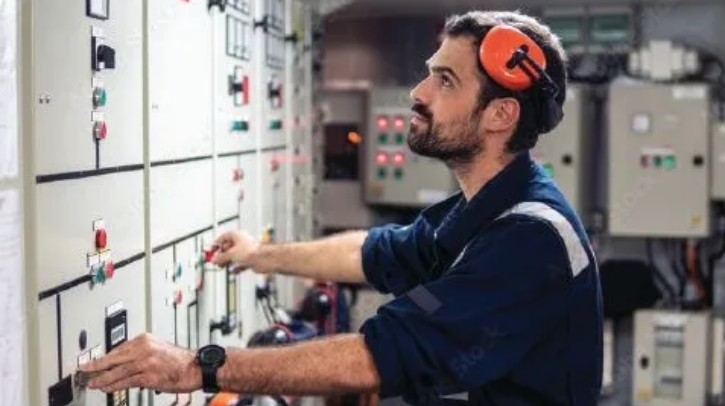Jamie Marley examines how maritime industry leaders are updating their training strategies to power the sustainable electrification of vessels around the world.
As the maritime industry ramps up its efforts to decarbonize, our everyday focus is mainly on advancing the technology, which makes this an exciting time to be working in the marine business.
I am often reminded and impressed that behind every business, project and manufacturer is a skilled workforce, armed with knowledge, experience and training.
But it’s been widely acknowledged that the marine industry is facing a long-term skills shortage. This is adding to the challenges that come with the technology that is facilitating decarbonization. New skills are needed in areas that were rarely considered in the past. The lack of key specialist skills is no doubt affecting the industry’s ability to meet growing demands.
Many of today’s active workforce have diversified from other sectors, such as automotive, bringing with them a wealth of EV experience. Some of them are in the latter stages of their careers, because one of the primary drivers of the skills shortage is the demographic shift within the workforce. As seasoned professionals reach retirement age, there is a notable lack of younger workers entering the field to replace them.
I’ve noticed the relentless drive of businesses to source, employ and invest in young minds, full of enthusiasm and drawn in by the super-cool aura that surrounds the electrification of vessels – no doubt powered by the ‘Tesla effect’. Many of these newly qualified, younger workers come with qualifications to suit their field, but the wider issue for the industry is still quantity.
Consider the range of propulsion systems found today. Voltages of 48V up to 800V DC are commonplace. With these high-voltage systems comes a variety of components that were not used in marine until recently. At least with 48V solutions, a time-served marine electrician will have some familiarity with what he or she encounters.
Will a lack of key specialists lead to a change in the nature of typical marine industry training programs?
I now see a growing trend of high-voltage propulsion system manufacturers designing out the need for high-voltage-trained personnel to install, commission and test their products after they’ve been integrated into the vessel. The manufacturers have increasingly embraced plug-and-play architecture – and it’s now clearly paying off. After all, employing an army of flying field-service engineers to commission and test every system in its final location adds an unwelcome cost.
This has the effect of shifting the areas where the expertise is needed. In essence, we are reducing the level of skill required for on-site, field personnel and increasing the need for skills at the design and manufacturing stages. This process also aids the manufacturers in fully testing their systems’ components together before they are shipped, reducing the variables and risk while ending the need for on-site commissioning engineers.
Traditional training providers have fallen behind when it comes to these technological advances, which has led to a shortage of individuals with the necessary skills. We are now starting to see new, updated training programs, designed with the cutting-edge technological advances and industry-specific skills that can prepare workers for the demands of the modern marine industry.
Reducing the variables and de-risking the installation, commissioning and testing phases evidently works. So, designing out – or perhaps around – looks set to become commonplace in the marine industry.
This article was originally publishing in the January 2025 issue of Electric and Hybrid Marine Technology. To view the magazine in full, click here.



